What are enzymes in washing powders?
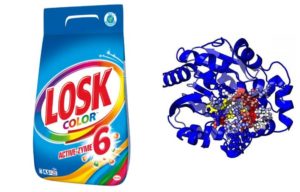 In modern society, there are more and more people trying to understand what is included in the product they use. The same applies to washing powders. However, everything is not so simple here: not every housewife will be able to decipher some names on her own. So, for example, many people do not understand what enzymes in washing powders are, are they harmful or safe? We need to figure it out.
In modern society, there are more and more people trying to understand what is included in the product they use. The same applies to washing powders. However, everything is not so simple here: not every housewife will be able to decipher some names on her own. So, for example, many people do not understand what enzymes in washing powders are, are they harmful or safe? We need to figure it out.
Let's understand the concept
So, let's start with the fact that thanks to these same enzymes, the powder literally washes your things. Have you ever wondered why, after washing, even the highest quality soap sometimes fails to remove even fresh dirt? Because the enzymes contained in laundry detergents break down various contaminant molecules.
- Protease enzyme – removes protein stains.
- Lipase - fatty acids.
- Amylase fights starch stains.
- Cellulase generally performs a number of functions. Its main purpose is to remove lint that causes the fabric to roll up. But that is not all. This enzyme can also preserve the brightness of the fabric, enhance the visible bleaching effect, and give the fabric softness and an unrivaled appearance. Cellulase is often added to specialized detergents, for example, for woolen products or delicate fabrics; it is truly irreplaceable.
Yes, enzymes cannot be called natural products, but without them, the washing we are all accustomed to would not be of such high quality.
First of all, modern laundry detergents contain all of the listed types of enzyme. Thus, the powder works on several fronts at once, which allows you to remove any contaminants from clothes without damaging them and maintaining, or even improving, their appearance.
Some enzymes are even added to soaps for the care of children's clothing, for example, protease. In general, the list of household chemicals that cannot fully work without enzymes is extremely extensive. And here the question arises: how safe is it to use products containing enzymes?
Should you be afraid of enzymes?
Here you can exhale; enzymes are completely safe for the human body. This means that if you choose a product and see one of the above components in the composition, do not under any circumstances refuse this product.
The only way enzymes can harm you is by damaging the fabric if used incorrectly or if instructions are neglected. Some types of enzymes are not compatible with certain tissues, but you don’t have to guess: in this case, manufacturers always warn users about this in the instructions for the product.
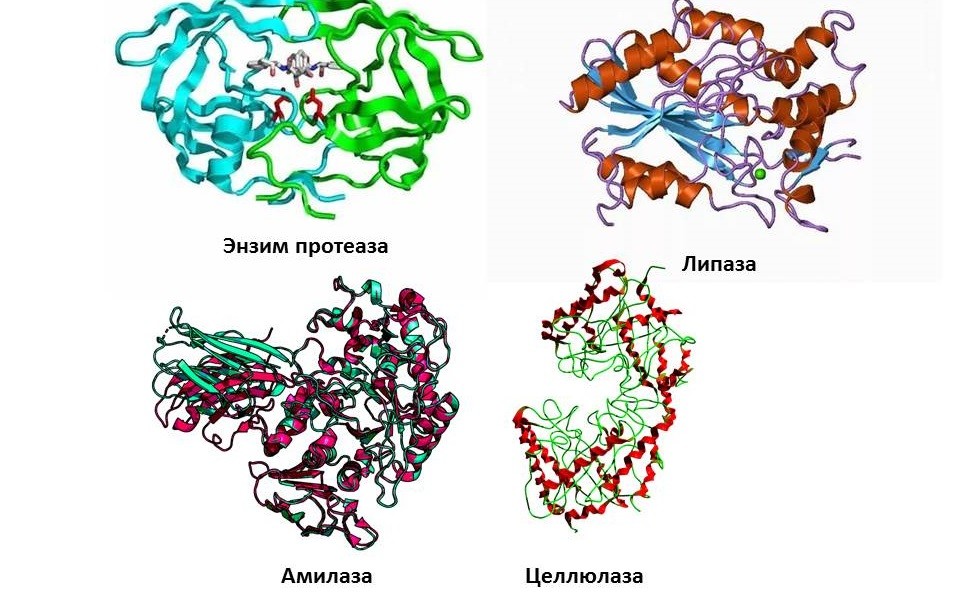
What can we say, enzymes are indispensable helpers of any washing powder. Ideally balanced, completely safe for health, they give fabrics softness, make things visually more beautiful, enhance the effect of bleaches, leave colors bright and, most importantly, remove absolutely any type of dirt, both new and outdated.
What's really harmful?
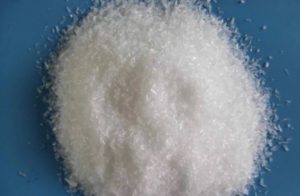 In order to choose the right product, you need to know which components are harmful to humans, the environment, and other things. First of all, these are phosphates and phosphorites. Their presence in most washing powders is due to the fact that they enhance the effect of surfactants. What is a surfactant? Surface-active substance!
In order to choose the right product, you need to know which components are harmful to humans, the environment, and other things. First of all, these are phosphates and phosphorites. Their presence in most washing powders is due to the fact that they enhance the effect of surfactants. What is a surfactant? Surface-active substance!
These elements have many more disadvantages. First of all, they settle firmly on the fabric and are not subject to rinsing. To remove all phosphates from a thing, you need to rinse it at least a dozen times, and this is difficult both physically and in time. As a result, the next disadvantage is allergies. Phosphates cause severe irritation on the skin, as well as coughing, tearing and itching. If children's clothes are washed with a substance with such a composition, it is doubly worse.
The harm of phosphates does not end with an allergic reaction. They pollute nearby water bodies and contribute to the formation and active development of blue-green algae, which deteriorate the quality of water, which has a negative impact on human health.
There is nothing good about optical brighteners either. Essentially, it is an aggressive paint with luminescent particles. In principle, it is not washed off from clothes, otherwise the effect would be zero. Clothes become sparkling white precisely due to this dye, beautiful, but unsafe. First of all, because of the same allergies. Human skin often reacts very negatively to contact with bleached clothing: redness, rashes, severe itching. Is it worth it?
Important! Many housewives also underestimate the harm of chlorine, preferring to use it anywhere and everywhere as a disinfectant.
For some reason, there is an opinion that, compared to other elements of household chemicals, chlorine is the least dangerous. But this is far from true. Primarily because it is capable of affecting internal organs, for example, the lungs. This is because chlorine is a volatile substance and evaporates quickly. A person, by inhaling chlorine vapors, puts his health at risk.
Hair and skin are negatively affected, and the risk of cancer increases. During washing, dirt molecules react with chlorine, forming harmful organic compounds that remain on clothes, the inside of the washer, etc.
Fragrance additives are also at risk. They are not as dangerous as chlorine, but they also cause allergic reactions, especially in children. This is usually the first thing to avoid if you experience itching, rashes or other symptoms after coming into contact with washed clothing.
Interesting:
Reader comments
- Share your opinion - leave a comment
Categories
Washing machine repair


For buyers

For users

Dishwasher

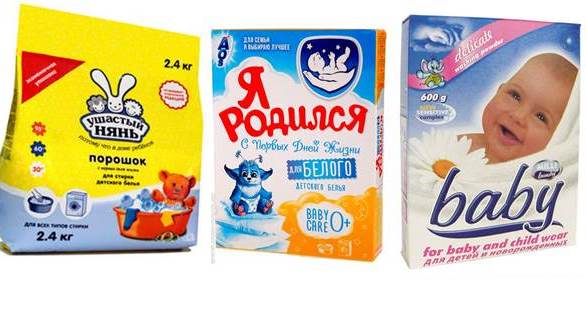
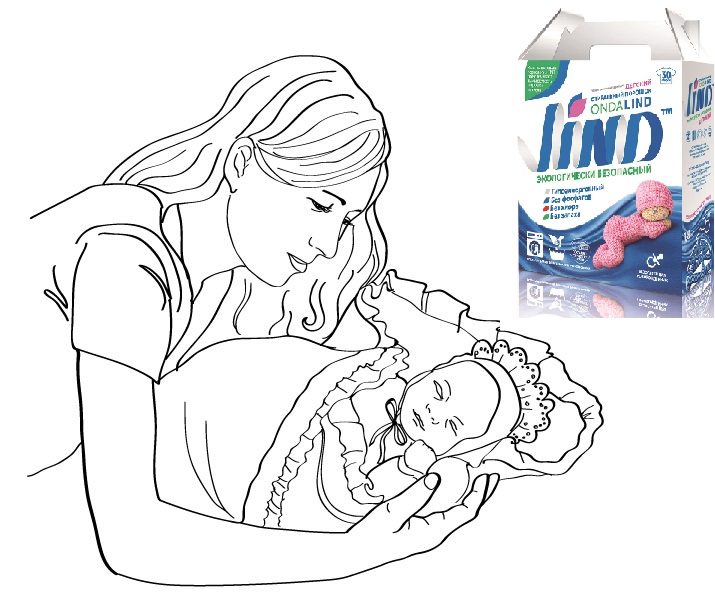
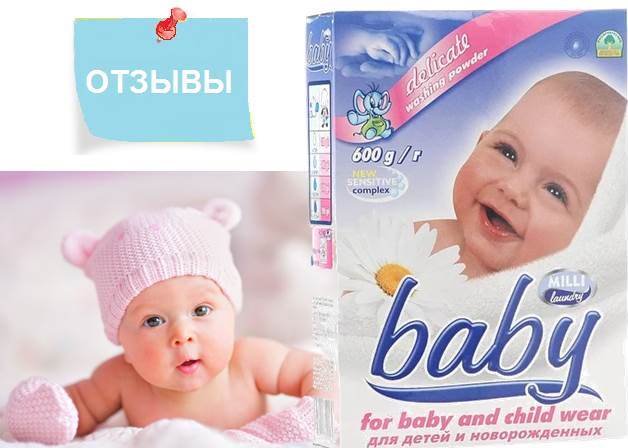

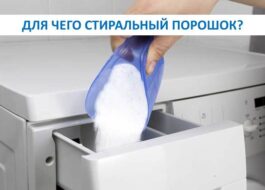











Add a comment